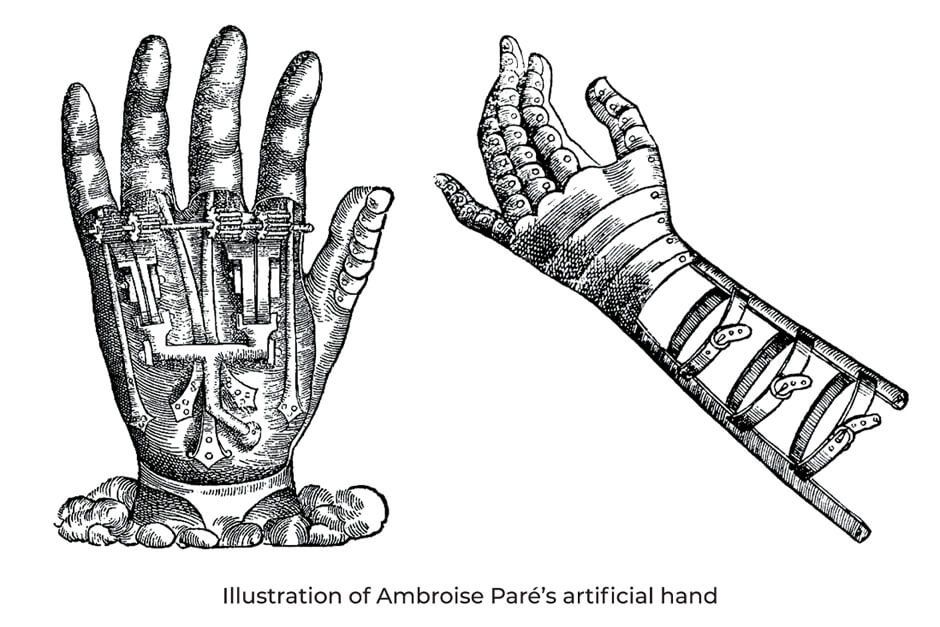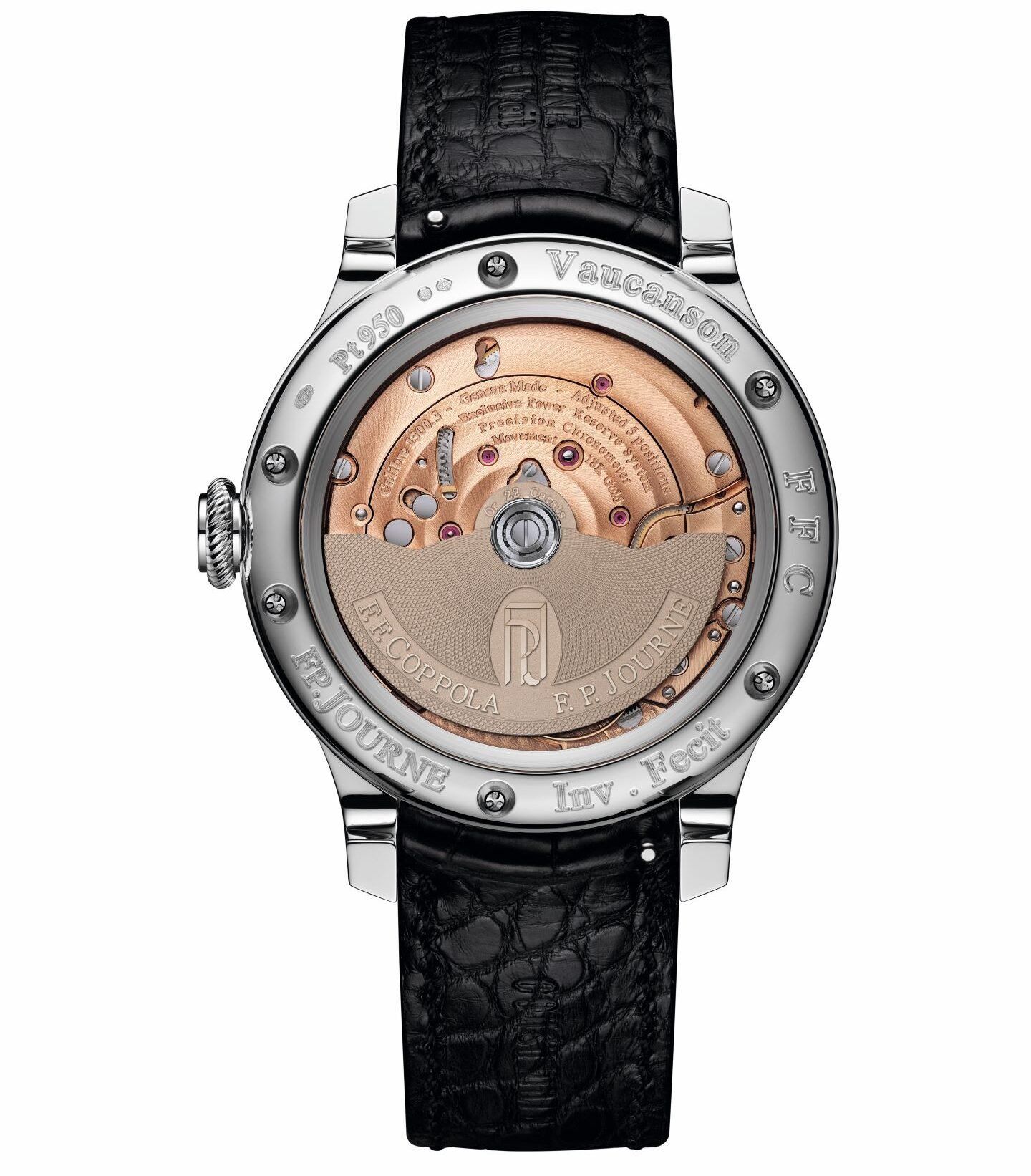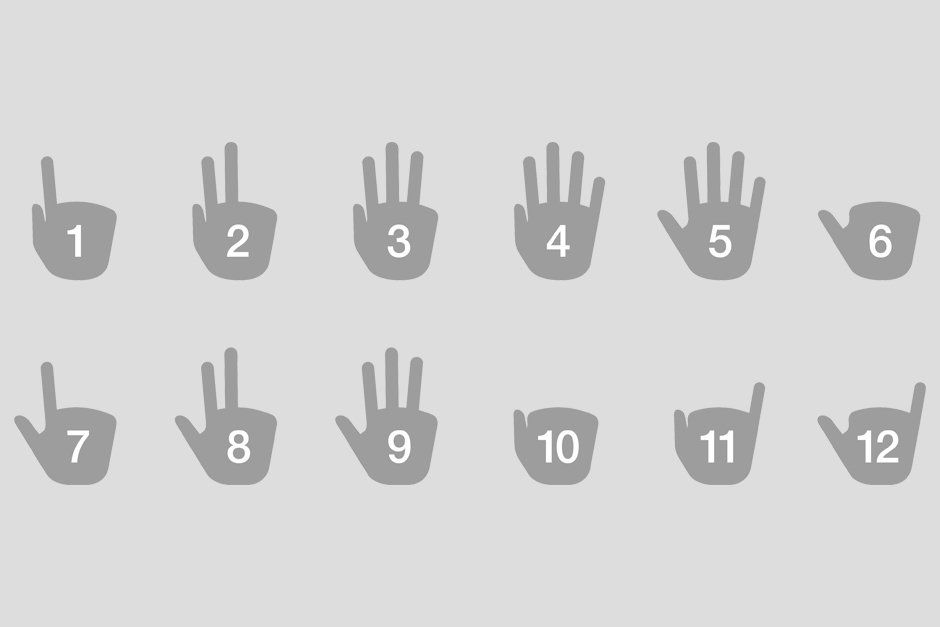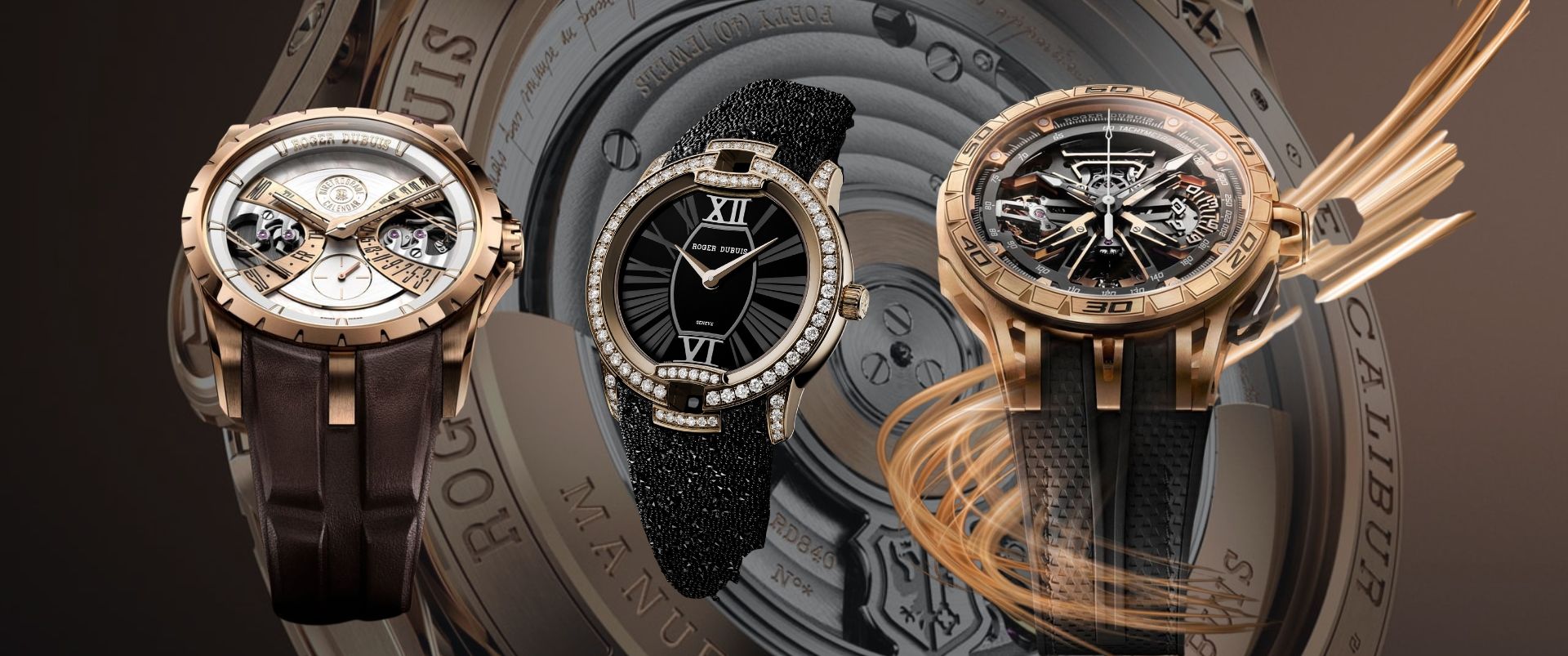F.P Journe Switches To Digital Time With The New FFC Timepiece In The Classique Collection
F.P.Journe unveils the FFC model, an exclusive addition to the Classique collection, following the FFC Blue, a prototype made for the Only Watch charity auction in 2021. This mechanical watch has an ingenious system that once again pushes the limits of technology and horology to show the time.
Like a fairy tale, the origin of FFC Blue is worth repeating for the benefit of those who are unfamiliar with it. In 2009, Francis Ford Coppola's wife Eleanor gave him a Chronomètre à Résonance because she thought he would appreciate its sophistication. After receiving the gift, he immediately extended an invitation to the giver to visit his Napa Valley winery, which he named "Inglenook." In 2012, they had a chance encounter during which the filmmaker inquired as to whether or not the watchmaker had ever considered displaying the hours in the manner in which the ancients used to give them, by counting on the fingers.

Inspired by a prosthesis invented by the French surgeon Ambroise Paré (1509/1510 - 1590), the "father of modern surgery," the FFC's mechanical prowess lies in the functioning of the hand. When the hour strikes, the fingers spring to life, appearing and disappearing at the speed of light to show the time.
The wheels of history
François-Paul set out to design a mechanism capable of adequately transcribing these digits into digital signs after discovering, with Francis Ford Coppola, how to present the 12 digits of the hours with a single hand and 5 fingers. One of the artist's sons is a professional historian today, so it makes sense that he would find inspiration in a drawing of a prosthesis by the renowned French barber-surgeon Ambroise Paré (1509/1510 -1590) in order to avoid the trap of naturalism.
In case you haven't heard of him, he is the man who single-handedly advanced medical science with his skill and knowledge of the human body. This Renaissance physician served as inspiration for the FFC Blue's front mechanised hand.
The watch's final hand was made of engraved titanium to reduce the weight of the moving components without affecting the energy consumption of the calibre, the Octa 1300 introduced by the Manufacture F.P.Journe in 2001. The inventor originally envisioned the hand being made of bronze. The most crucial aspect of a watch is the one that is hidden from view, as François-Paul so aptly puts it. Here, the goal was to move five fingers with as little effort as possible.

It was decided to install a "remontoir d'égalité" between the primary gear train and the display, as is done in building clocks when the hands to be moved are long and heavy, so that the entire power reserve of five days could be drawn from the barrel. The "remontoir d'égalité," which consists of a spring blade housed in a barrel, a trigger, and what can best be described as an anchor mounted on the edge of a wheel with an eccentric at its centre, is rewound by the mechanism once an hour, and for 40 minutes of that hour.
In order to control the movement of the fingers of the hand, a series of 10 cams must be set in motion on the hour by a mechanism described by François-Paul as a sort of escapement acting once an hour. They are located on the left side and are visible between the rotating minutes ring mounted on a large extra-flat ball bearing with a fixed cursor placed at noon. They each make one revolution in 12 hours and are responsible for a series of springs and toggles that move the four fingers up and down and the thumb left and right. The fingers, which are mounted on a steel sling, move practically frictionlessly, like a loom shuttle, thanks to the shape of the cams, which is associated with each cam's teeth.
This ingenious system ensures that all operations, whether they involve the manipulation of a single finger, four fingers between 5 and 6 o'clock, or nine and ten o'clock, are performed with the same amount of energy, in complete safety, and most importantly, without compromising the chronometry of the regulating group.
Changing the face of timekeeping
The automatic calibre and this astounding anthropomorphic mobile were integrated into a case with a diameter of 42 mm and a thickness of just 10.7 mm thanks to extreme miniaturisation work and seven years of nonstop labour spent making the whole thing reliable, with the master relying on the expertise accumulated within his manufacture. This watch is no thicker than any other model with the same movement, despite the overall complexity of the design. François-Paul accomplished this feat by doing the same thing he did for the perpetual calendar of the Astronomic Souveraine: he did away with the dial and replaced the minute hand, which could not be used in the conventional manner, with a rotating ring mounted on a large extra-flat ball bearing.
The master engraver's articulated hand required an extra few millimetres of space, which was achieved through this adjustment. What, then, does this high-flying timepiece offer beyond its novel presentation? It demonstrates that designing for energy efficiency is the best approach to creating complex timepieces that function without the addition of any additional power sources. A light touch is essential for the watchmaker when designing a movement, as François-Paul points out. The Octa calibre is ideal for this strategy due to its ability to maintain a constant linear force and torque over a period of 5 days. We find a very linear torque that permits adding functions without worrying that everything will stop by optimising the friction and using only the smoothest part of the spring. Observe this evidence!
The proverb goes that those who take risks are rewarded. Who would have thought that the young Ambroise Paré, who was born into a family of barbers in the small town of Laval (300 kilometres west of Paris), would one day become the first royal surgeon and pioneer so many significant advances in medicine!
Technical Specifications:
Movement:
F.P.Journe calibre 1300.3 in 18K rose Gold
Mechanical with unidirectional automatic winding
Rotor in 22K white Gold, off-center, engraved «F.F.COPPOLA F.P.JOURNE»
Dimensions of the movement_
Overall diameter: 34.20 mm
Casing-up diameter: 30.40 mm
Overall height: 8.10 mm
Height of winding system: 3.28 mm
Diameter of stem thread: S1.20 mm
Balancier:
Balance with four adjustable inertia weights
Anachron flat balance spring
Mobile stud holder
Free-sprung
Nivatronic laser soldered balance spring
Pinned GE stud
Slipping mainspring
Frequency: 21’600 V/h, 3Hz
Inertia: 10.10 mg*cm2
Angle of lift: 52°
Amplitude: 12h dial up: > 280°
90h dial up: > 220°
Dial
Instantaneous digital hours indicated by the animated fingers of a Titanium hand
Rotating minutes dial
Escapement:
In-line lever escapement, 15-tooth wheel
Main characteristics:
Two position crown:
Winding of the watch in position 1, clockwise
Correction of time in position 2, anti-clockwise
Autonomy_
120 +/- 12 hours
Winding speed on a watch winder: 274 clockwise rotations per 24 hours
Finishing:
High grade
Circular stripes on the bridges
Titanium bridges with Titalyt® coating
Baseplate partly circular grained
Polished screw heads with chamfered slots
Pegs with polished rounded ends
Steelwork with polished chamfers
Case:
Platinum PT 950
Diameter: 42 mm
Total height: 10.70 mm
Number of parts:
Movement without dial: 396
Cased up on leather strap: 436
Jewels:
No articles found






